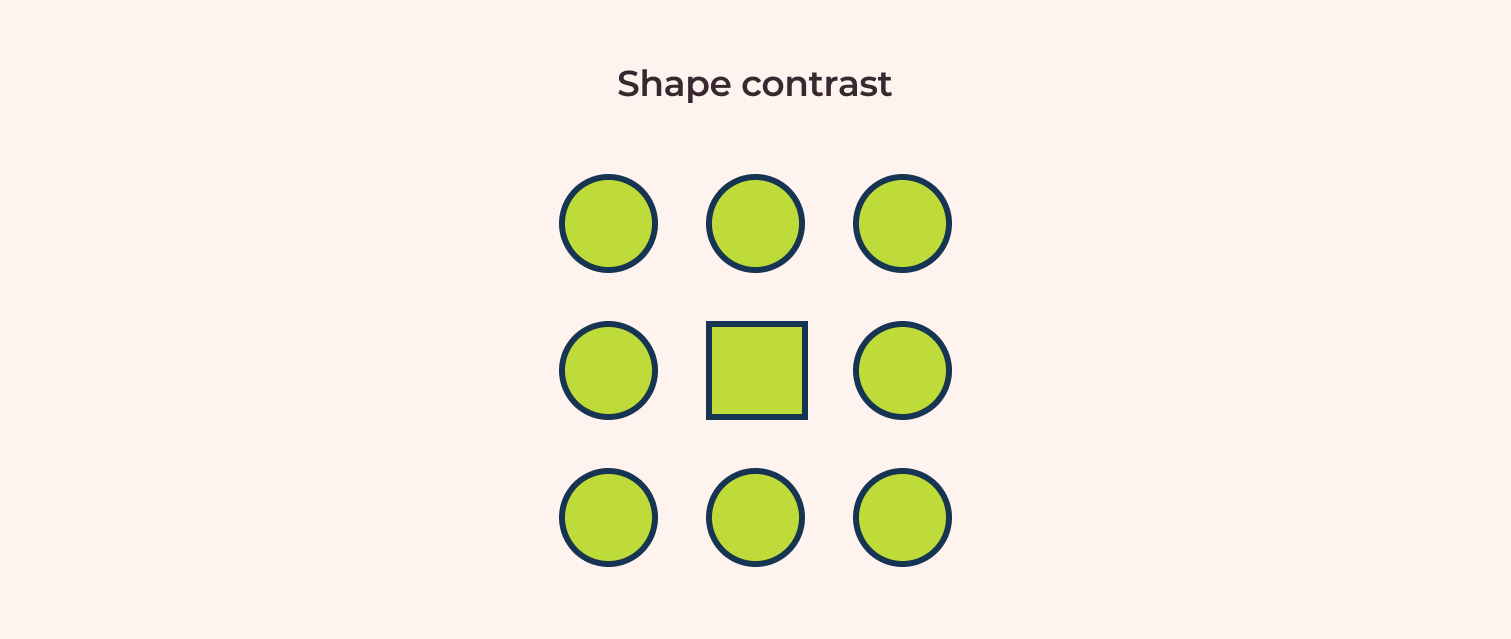Table Of Content

For coloured pencil or pastel drawing, choose a black paper to work on top of. There are a number of established techniques used by the old masters, that you can try for yourself to create contrast in your paintings. When drawing, start with a light sketch to form the lighter midtones, then gradually work in the shadows. Increase the pressure you apply to the pencil for the darkest areas. Use a fine tipped eraser, like the Tombow Mono Zero eraser to lift small highlights from your piece. There are a number of ways to create an accurate drawing, such as using the grid method.
The Art of Color Theory in Your Designs
Repetition can also enhance brand recognition and reinforce messaging by establishing a familiar and predictable pattern that viewers can easily understand. This principle is particularly effective in guiding the viewer’s attention across a design and providing a structured path for visual navigation. Implementing repetition properly can dramatically increase the effectiveness and aesthetic quality of a design, ensuring that it is both engaging and functional. The principles of design are fundamental elements that help structure and organize visual material effectively. Balance, alignment, contrast, repetition, hierarchy, and unity are key to creating aesthetically pleasing and functional designs. These principles guide designers in arranging components in a way that is visually appealing and easy to understand.
What is the difference between unity and harmony in design?
If you want your customer to develop a sense of energy and youthfulness through your design, you can create a fast rhythm where elements swiftly change in style and nature. Some designs use guidelines to create a path users can follow to take in information sequentially, just as the content creator has planned. In a way, proportions are similar to balance, but it is measured more from the human eye than with guidelines and grids on design software.
Key Elements of Design Contrast
Keep your fonts, color scheme, and style consistent across all elements and pages. Use symmetry for formal, structured designs and asymmetry for a more dynamic, exciting feel. Experiment and adjust until you find the perfect balance that fits your design’s purpose. Balance brings stability to your design, offering a pleasing visual experience. 38% of people will stop engaging with a website if the content or layout is unattractive.
Radial Balance
Contrast is a fundamental principle in design that helps to distinguish between different elements and create visual interest. It can be achieved through variations in color, size, shape, and other attributes. By creating contrast, designers can guide the viewer’s attention, highlight important elements, and enhance the overall aesthetic appeal of a design.
dot-font: Seven Principles of Typographic Contrast CreativePro Network - CreativePro Network
dot-font: Seven Principles of Typographic Contrast CreativePro Network.
Posted: Fri, 30 Oct 2015 17:40:39 GMT [source]
Questions related to design principles
How to create rhythm in interior design - Homes & Gardens
How to create rhythm in interior design .
Posted: Fri, 03 Mar 2023 08:00:00 GMT [source]
To better understand how to use contrast in your next design project, let’s discuss how it can benefit the user experience of a website or application. Evaluating the effectiveness of contrast in your designs can be subjective, but there are a few strategies you can use. You can ask for feedback from others, conduct user testing, or even just step back and look at your design from a distance. If the contrast is serving its purpose – whether that’s guiding attention, highlighting information, or creating visual interest – then it’s likely effective. We all know what movement means — it’s when something changes position over time!
Shape
It’s an important principle because it helps you to focus less on aesthetics and more on your customer’s needs. These principles, when combined effectively, contribute to the creation of sophisticated and purposeful designs that communicate more effectively and are aesthetically pleasing. Transparency adds depth by allowing overlay of elements, creating richness in visuals without overwhelming the composition. Gestalt Principles emphasize the human tendency to perceive unified wholes in complex arrangements.
Contrasting shapes
It should come naturally and make up an aesthetically-pleasing composition. Roxanne Rosewood, is an accomplished UX designer and researcher with five years of experience. Ashley Sufflé Robinson has a Ph.D. in 19th Century English Literature. As a content writer for PrepScholar, Ashley is passionate about giving college-bound students the in-depth information they need to get into the school of their dreams. When you’re working on a composition, you’re normally pretty up close and personal with it. But that can sometimes skew your perspective of the piece as a whole.
It is safe to assume that your clients have come a long way, experiencing various work from within your domain. They want to see their brand in a similar (if not better) light, and only you can make that happen. Use these guidelines as an arsenal for your brand development process. You likely want to direct how your audience consumes the content you create.
Unity in design and style is essential for the success of your design. It forms the guidelines for designing your most essential and least significant aspects with the help of typography, color, contrast, images, and more. Unlike natural patterns, geometric patterns are also popular among designers. Using patterns gives your brand the edge to use them in more applications and backdrops and even form a design motif that can become a centerpiece at events. Contrast is integral to creating a design that will attract your reader’s eye and effectively communicate your message.
Proportion is the relative size of the design elements compared to each other. It comes organically once you’re done with your contrast and balance. Objects, text, their size, and shape, color and texture, all have weight, which is important to distribute on your composition with care and evenly. Remember, the goal is to guide the viewer’s eye to the most important parts of your design.



No comments:
Post a Comment